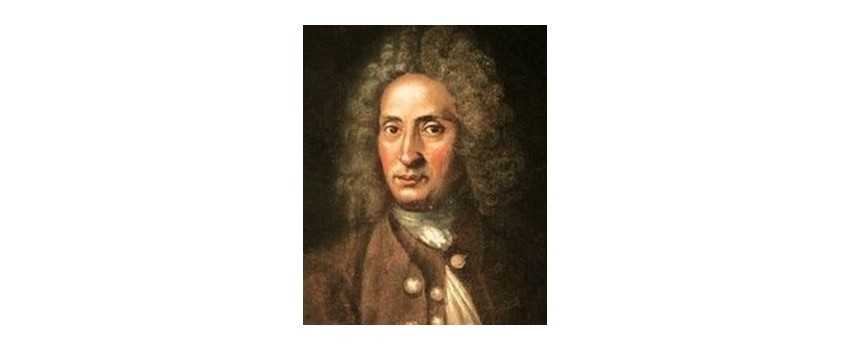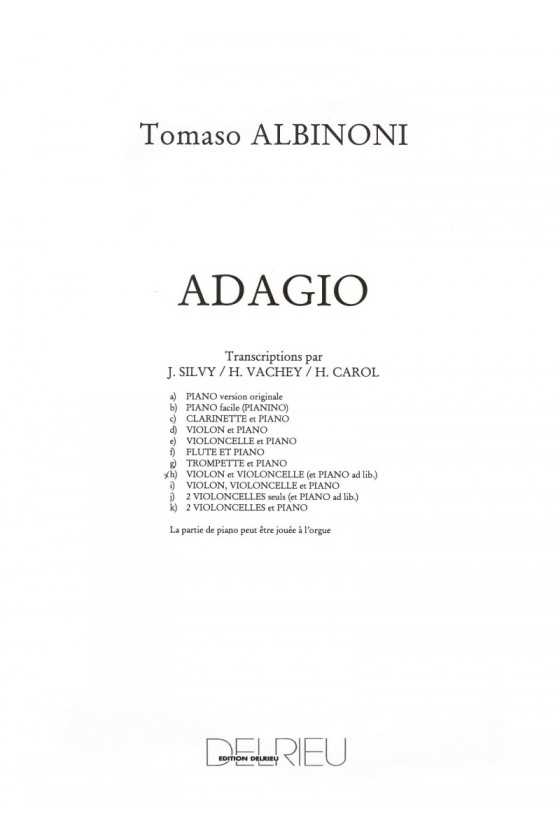Adagio By Tomas Albinoni
Tomaso Albinoni (1671-1751) was an Italian Baroque composer, renowned for his operas and instrumental works, most famously the “Adagio in G minor.” Although often mistakenly attributed to him, it was likely composed by Remo Giazotto in the 20th century. This captivating piece, celebrated for its haunting beauty and emotional depth, allows violinists to showcase their artistry through rich harmonies and poignant melodies, making it a powerful centerpiece or encore that resonates deeply with both performers and audiences.


